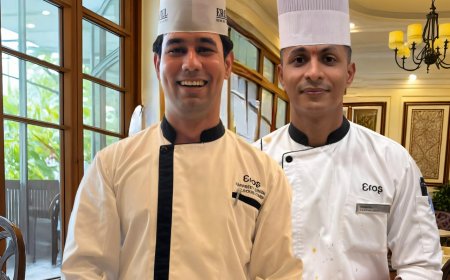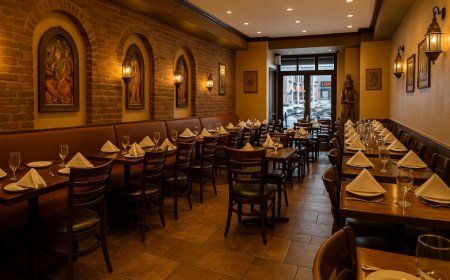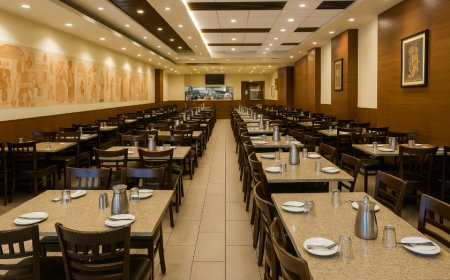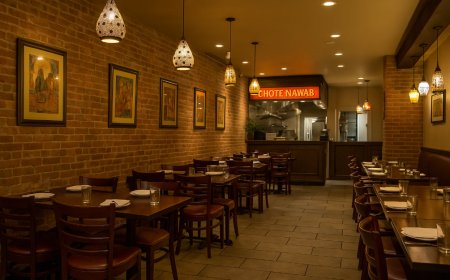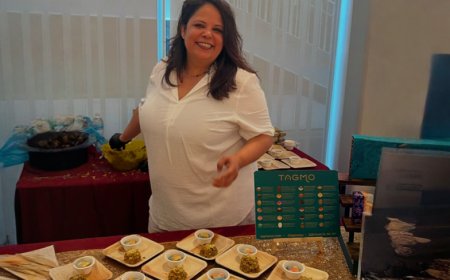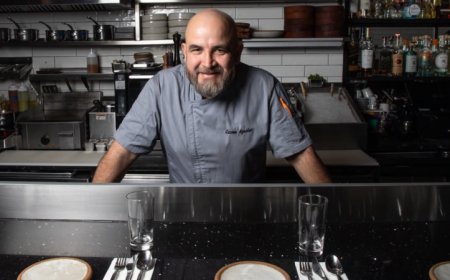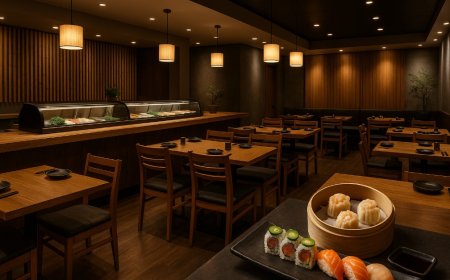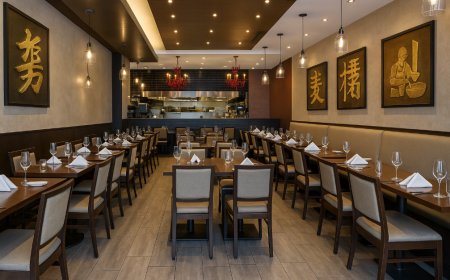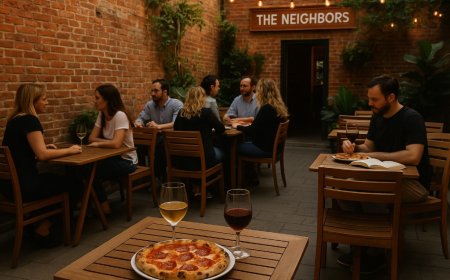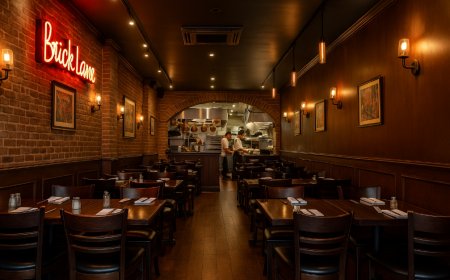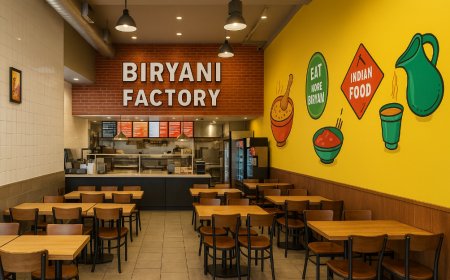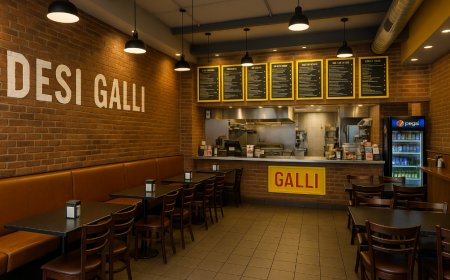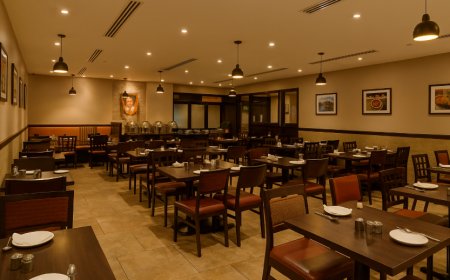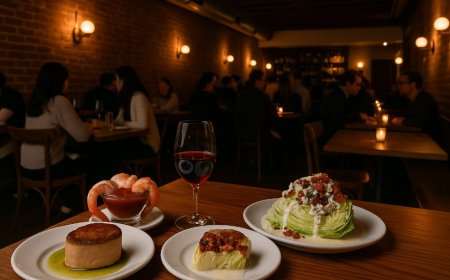Claudia Fleming: Why One of America’s Most Iconic Pastry Chefs Believes Dessert’s Future Is Deliciously Simple
Legendary pastry chef Claudia Fleming shares why the next wave of pastry isn’t about over-the-top trends — but about a return to classic techniques and honest flavors.

The Queen of Modern American Pastry
If you’ve spent any time in America’s fine dining pastry world, chances are you’ve encountered Claudia Fleming’s influence — whether you knew it or not. Her understated yet groundbreaking work redefined restaurant desserts at the turn of the century, introducing a style that’s as thoughtful as it is unpretentious.
Fleming’s legacy includes time at New York icons like Gramercy Tavern, where her desserts helped shape a generation of pastry chefs inspired by her dedication to seasonality, elegance, and the quiet art of restraint. Her book The Last Course became a cult classic, inspiring chefs and home bakers alike to treat dessert not as an afterthought, but as a perfect final note to a meal.
Today, decades later, Fleming’s name still resonates — not just for what she did to elevate pastry in fine dining, but for what she sees on the horizon: a sweet return to basics.
The Story Behind Claudia Fleming’s Philosophy
Fleming’s journey into pastry didn’t begin with childhood baking sessions or family recipes passed down for generations. Her culinary path was shaped instead by curiosity, discipline, and an early passion for the precision that pastry demands. In an industry that can push chefs toward novelty for novelty’s sake, Fleming carved her own lane by leaning into simplicity done exceptionally well.
While trends have come and gone — think over-the-top “cronut” moments or endless Instagrammable mashups — Fleming’s focus stayed consistent: let the ingredients shine, follow the seasons, and avoid unnecessary fuss. This clarity helped her stand out in kitchens dominated by fussy, ultra-decorative desserts that prized spectacle over taste.
A Pastry Chef’s Core Belief: Less Is Often More
When asked about the future of pastry, Fleming is clear-eyed. For her, the next generation of memorable desserts won’t come from elaborate, mind-bending combinations. Instead, she sees young chefs rediscovering the beauty of simplicity — and diners craving the comfort that comes with it.
There’s a reason a perfect slice of fruit tart or a warm chocolate cake has outlasted so many “it” desserts. These classics endure not because they’re basic, but because they celebrate balance, texture, and flavor in their purest forms. For Fleming, going back to basics doesn’t mean boring — it means better.
The Craft: Celebrating Ingredients
One hallmark of Fleming’s desserts is her intuitive use of seasonal ingredients. Long before the farm-to-table movement became marketing language, she was baking with what was fresh and local — delicate stone fruits in summer, warm spiced pears in fall, citrus brightness through the winter.
This dedication to the seasons is at the heart of her craft. At Gramercy Tavern, her menus shifted constantly, reflecting what was at its best that week. Even now, Fleming urges new pastry chefs to know their ingredients deeply — to coax the best from butter, cream, fruit, and flour, rather than masking them behind gimmicks.
What Makes a Claudia Fleming Dessert Special
For those lucky enough to have tasted her pastries, Fleming’s style is instantly recognizable: unfussy presentation, precise technique, and unexpected but subtle flavor pairings.
Fruit-Forward Finales
Tarts topped with ripe peaches, wild berries layered into trifles, poached figs over creamy panna cotta — these desserts show her instinct for letting fruit’s natural sweetness be the star.
Perfect Custards and Cakes
Fleming’s custards and cakes reflect her belief in texture as much as taste. Light sponge layers paired with silky creams, or dense pound cakes balanced with citrus zest and crème fraîche.
Playful Accompaniments
It’s not unusual to see tiny details — a spoonful of herb-infused syrup, a scattering of candied nuts, or a scoop of ice cream made with local honey — that lift a simple dessert into something extraordinary.
Why Diners Are Ready for a Return to Classic Pastry
Part of Fleming’s vision for pastry’s future is tied to the way diners themselves have evolved. In an era of viral videos and headline-grabbing desserts, there’s also a hunger for real craft — for the comforting nostalgia of familiar flavors done better than ever.
Younger pastry chefs, many of whom studied Fleming’s recipes, are returning to old-school techniques with new eyes. They’re mastering laminated doughs, respecting fermentation, and putting more time into the craft rather than the stunt.
This shift mirrors the larger movement in restaurants toward more mindful, sustainability-driven cooking. Just as diners are seeking out better sourdough or locally grown vegetables, they’re also gravitating back to desserts that taste honest — where a strawberry shortcake actually tastes like strawberries.
Where Claudia Fleming Is Baking Now
After years in some of New York’s most prestigious dining rooms, Fleming’s next chapter took her to Long Island’s North Fork. Here, she helped run a beloved local bakery, bringing her city-honed skills to a tight-knit community that appreciated seasonal pies, perfect croissants, and her signature cakes.
This return to small-batch baking fits seamlessly with her “back to basics” ethos. While she still consults, mentors, and occasionally pops up in bigger kitchens, Fleming’s day-to-day work reminds her of why she fell in love with pastry to begin with: making something beautiful with her own hands, one perfect batch at a time.
Lessons for Aspiring Pastry Chefs
Fleming’s advice for the next wave of pastry talent is deceptively simple: focus on craft over trends. She encourages young chefs to master the classics — how to make pâte à choux that holds its shape, how to fold dough with just the right number of turns, how to taste, adjust, and refine.
In her view, the biggest mistake a young pastry chef can make is chasing flash without a solid foundation. By investing in technique, curiosity, and restraint, chefs set themselves up for longevity — and diners benefit from desserts that age gracefully alongside them.
Conclusion: A Sweet Future That Looks Familiar
For Claudia Fleming, the future of desserts isn’t about ignoring innovation. It’s about asking: what do people truly love, and how can we make that even better? By revisiting pastry’s roots with care and intention, chefs can craft sweet endings that feel timeless and fresh all at once.
What's Your Reaction?
 Like
0
Like
0
 Dislike
0
Dislike
0
 Love
0
Love
0
 Funny
0
Funny
0
 Angry
0
Angry
0
 Sad
0
Sad
0
 Wow
0
Wow
0
